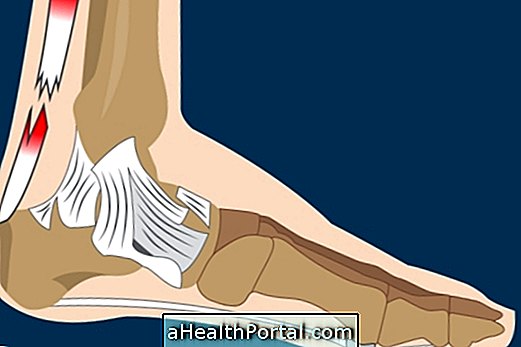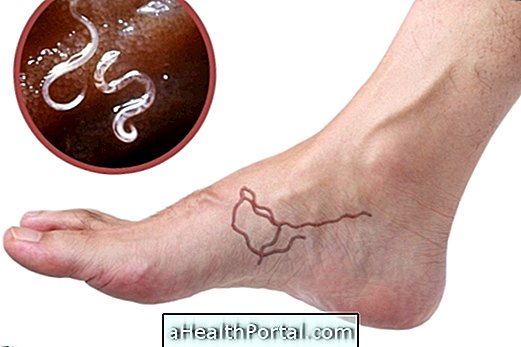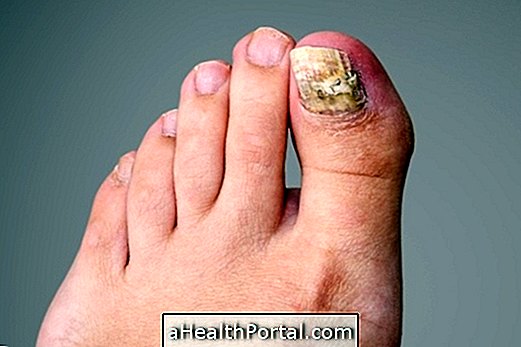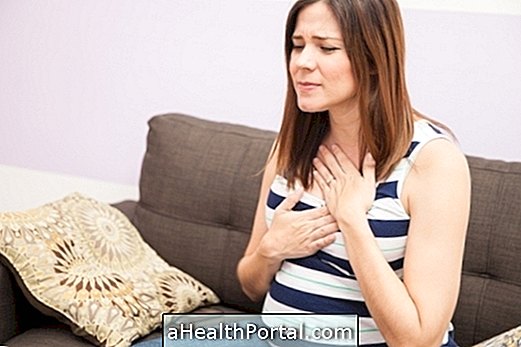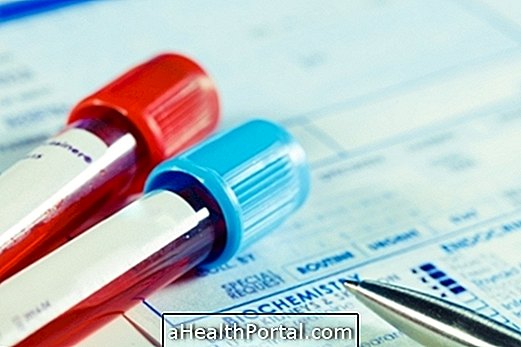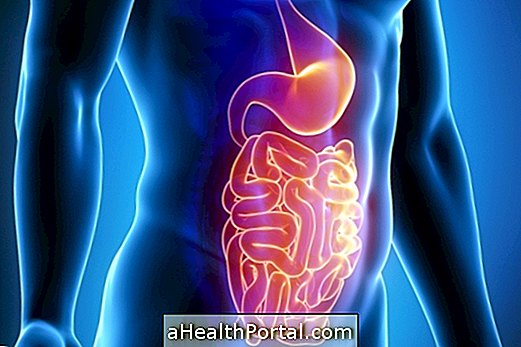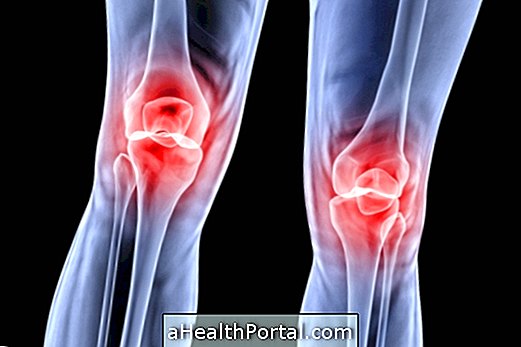Symptoms of Parkinson's disease, such as tremor, stiffness, and slowed movements usually begin subtly and therefore are not always noticed at the earliest stage. However, over the course of a few months or years, they are progressing and aggravating, becoming more and more evident, being necessary to start the treatment so that the person can achieve a quality life.
To suspect this disease, which is a type of brain degeneration, it is necessary to have some signs and symptoms that appear together or worsen over time and it is advisable to consult with a neurologist or geriatrician to confirm the diagnosis.
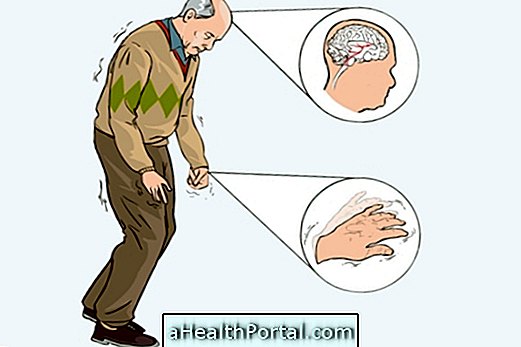
The main signs and symptoms of Parkinson's disease are:
1. Tremor
Parkinson's tremor occurs when the person is stopped, at rest, and improves when doing some movement. It is more common in the hands, being a tremor with great amplitude, that imitates the movement of counting money, but also can appear in the chin, lips, tongue and legs. It is more common that it is asymmetrical, that is, on only one side of the body, but this may vary. In addition, it is common to get worse in situations of stress and anxiety.
2. Stiffness
The stiffness of the muscles can also be asymmetrical or more present in some part of the body, such as arms or legs, giving a feeling of being hardened, preventing activities such as walking, dressing, opening arms, going up and down stairs, and difficulty to perform other movements. There is also common muscle pain and excessive tiredness.
3. Slow movements
A condition known as bradykinesia, which occurs when there is a decrease in the range of movements and the loss of certain automatic movements, such as blinking of the eyes. Thus, the agility to make quick and wide movements is compromised, which makes it difficult to perform simple tasks, such as opening and closing hands, dressing, writing or chewing.
Thus, the walking becomes dragged, slow and with short steps, and there is also a decrease in the swing of the arms, which increases the risk of falls. There is a diminution of facial expressions, a hoarse, low voice, difficulty swallowing food, with gagging, and slow writing in small print.
4. Bent Posture
Changes in posture are present in the more advanced and late stages of the disease, which starts with a more stooped posture, but if left untreated, it may progress to contraction of the joints and immobility.
In addition to the curved spine, other more common posture changes are inclination of the head, arms held forward of the body, in addition to knees and flexed elbows.
5. Imbalance
The stiffness and slowing of the body make it difficult to control the reflexes, making it difficult to balance, stand unaided and maintain posture, and there is a great risk of falls and difficulty walking.
6. Freezing
At times, there is a sudden blockage to initiate movements, known as freezing or freezing, and it is common to happen while the person walks, speaks or writes.
Although these signs and symptoms are characteristic in Parkinson's, many can occur in other diseases that cause movement disorders, such as essential tremor, advanced syphilis, tumor, and movement disorders caused by drugs or other diseases, such as progressive supranuclear palsy or dementia by Lewy corpuscles, for example. To confirm that there are none of these diseases, the doctor needs to make a thorough evaluation of the symptoms, physical and neurological examination, as well as to request tests such as magnetic resonance of the brain and blood tests.
Other Common Symptoms in Parkinson's
In addition to the symptoms mentioned, which are fundamental to suspect Parkinson's disease, there are other manifestations that are also common in the disease, such as:
- Sleep disturbances, such as insomnia, nightmares or somnambulism;
- Sadness and depression;
- Dizziness;
- Difficulty in smelling;
- Excessive sweating;
- Dermatitis or skin irritation;
- Intestine arrested;
- Dementia of Parkinson's in which there is loss of memory.
These symptoms may be present to a greater or lesser extent, depending on the development of each person's illness.

What to do if you suspect Parkinson's
In the presence of symptoms that indicate Parkinson's, it is important to consult a neurologist or a geriatrician for a complete clinical evaluation, with analysis of the symptoms, physical examination and to request tests that identify if there is another health problem that may be causing these symptoms, since there is no specific examination for Parkinson's disease.
If the doctor confirms the diagnosis, it will also indicate medications that help reduce symptoms, especially tremors and slowed movements, such as Levodopa. In addition, it is very important to do physiotherapy and other activities that stimulate the patient, such as occupational therapy and physical activity, so that he learns to overcome some of the limitations caused by the illness, allowing him to maintain an independent life.
Learn more about how Parkinson's treatment is done.




